SUMMARY
Description of the manufacturing process and characteristics of this type of tinplate. Thin, high strength tinplate that reduces costs.
DEFINITION
Tinplate – or TFS – double reduced, supplied in coils or packs of sheets, is a product obtained from a base steel with a low carbon content, subjected after annealing to a second cold reduction in thickness and then coated by electrolysis on both sides with tin – or chrome.
This second cold reduction is carried out on a SKIN-PASS train with two bodies or boxes, specially designed for this work. The percentages of reduction range from 25 to 45% depending on the case. Figure nº 1 shows the second reduction of the base steel starting from a thickness of 0.23 to obtain 0.17.
Figure 1: Schematic diagram of a SKIN-PASS train operation
This elongation depends on the product to be obtained (DR 520 to DR 620) and on the characteristics of the base steel (analysis – thickness – casting – coil). The percentage of this elongation in the 2nd reduction, after annealing, is a function of the characteristics of the requested DR type. Thus, for example, the elongations are usually:
– Approx. 30% to obtain a DR 520 rate
– Approx. 35 to 40% to obtain a DR 550 rate
– Approx. 40 to 45% to obtain a DR 580 rate
The surface of the working cylinders of the second box of the SKIN-PASS train are treated in a suitable way to obtain the desired surface finish of the material. The most usual are glossy finish and stone. The latter is the most commonly used.
During the process it is necessary to carry out a cooling and subsequent air drying of the surface of the strip. Figure 2 shows the details of this operation.
Figure No. 2: Belt lubrication during 2nd reduction
The rest of the manufacturing process of the double reduced tinplate is common to the single reduced type. A brief description of it is given in the article on this website:
DIMENSIONS
The double reduced material is delivered in sheets or coils in thicknesses normally varying from 0.20 to 0.14 mm both included. As for coil widths or sheet dimensions, they move in values similar to those used for simple reduced tinplate, depending ultimately on the characteristics of the manufacturing line.
MECHANICAL CHARACTERISTICS
The double reduced tinplate has a high rigidity, characterized by a hardness measured on the Rockwell 30T scale between 70 and 80 degrees. This measurement is carried out on a Rockwell 15T equipment for thicknesses less than 0.20 mm and then converted to Rockwell 30T scale values. Its breaking load is of the order of 60 Kgr/mm2. The following table shows the characteristics of the three main types of this tinplate according to European and American standards.
The most common of these is the DR 550. The harder varieties can be delivered in thicknesses greater than 0.20 mm and are obtained by rolling renitrided steel. The DR 660 type can reach breaking loads of more than 70 Kgr/mm2. All base steels with a yield strength (longitudinal) of > 500 n/mm2 fall into the DR category.
USAGE
The mechanical properties of double reduced tinplate require special care regarding the direction of the grain. The container bodies should be rolled in the rolling direction, i.e. the base of the container should be parallel to the rolling direction. Failure to do so can lead to problems with cracked eyelashes on the bodies.
When cutting – or shearing – the bodies, it is very important to pay attention to the sharpness of the blades, as cuts that are not made in a “clean” way can also cause cracks in the eyelashes. When used for container bodies, it is necessary to use “shredding boxes” or “flexor”, a set of pairs of rollers that partially break the lamination fibres to improve the tinplate’s conformation.
As a consequence of its greater hardness, it allows the thickness used to be reduced, producing lighter and cheaper containers than those made with simple reduced tinplate.
Typical uses for this tinplate are: 3-piece cylindrical container bodies for different kinds of preserves, closing capsules, and even lids and bottoms for containers. In the latter case the thickness must be greater.

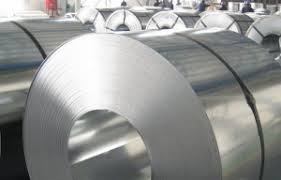

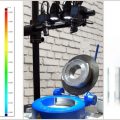

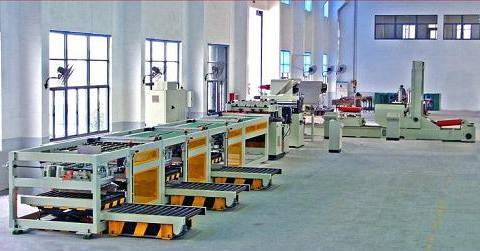
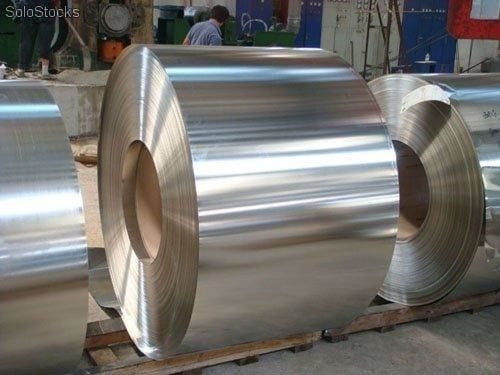

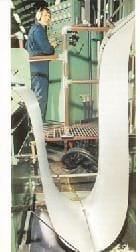

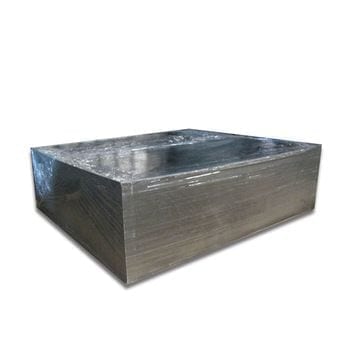




0 Comments